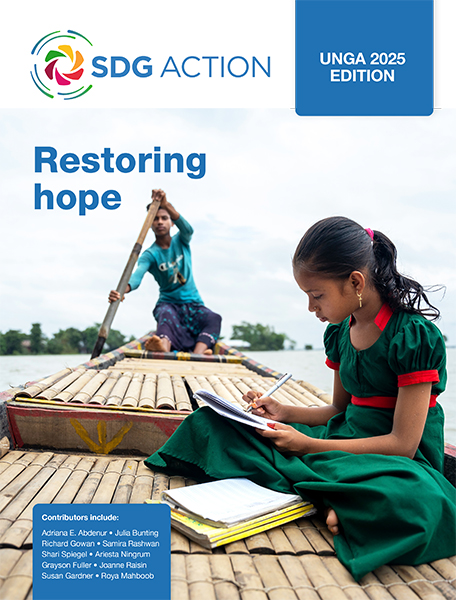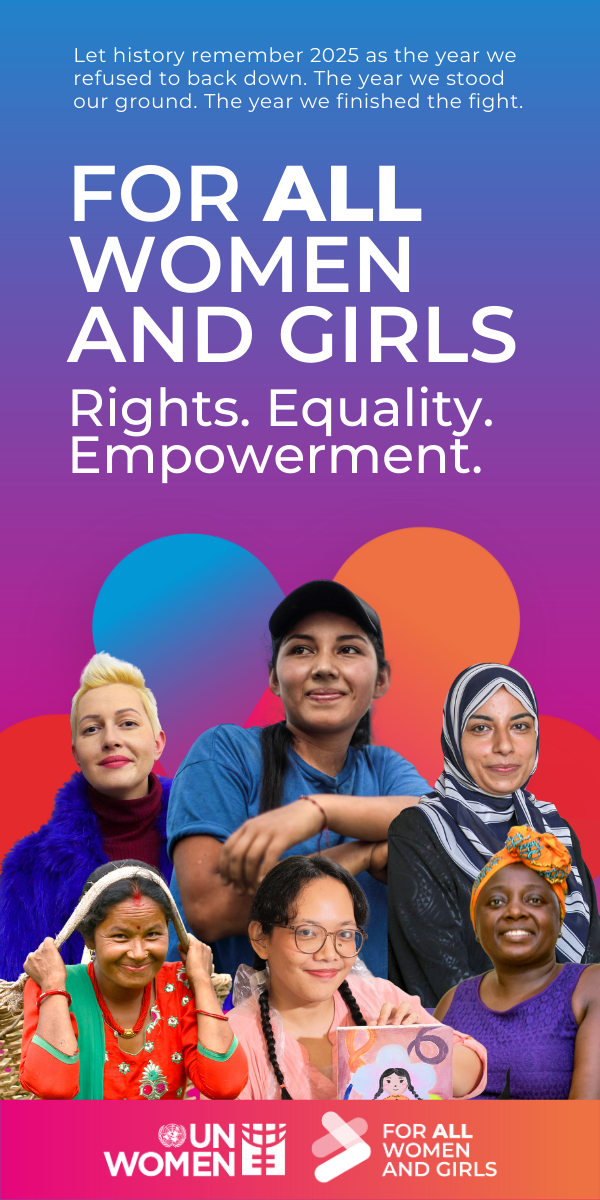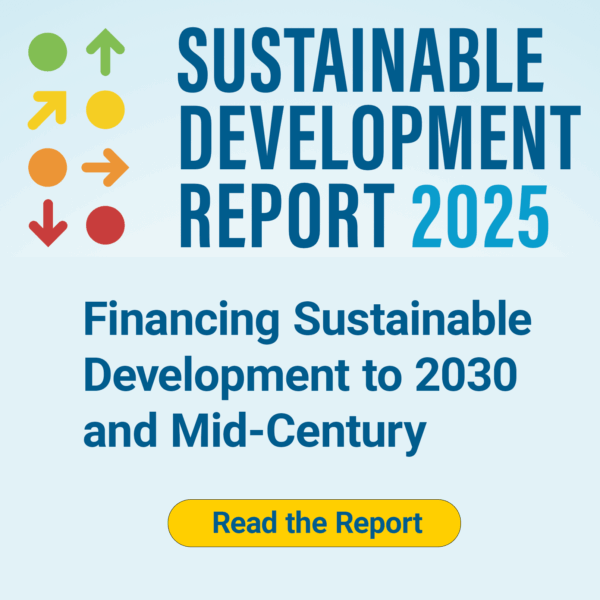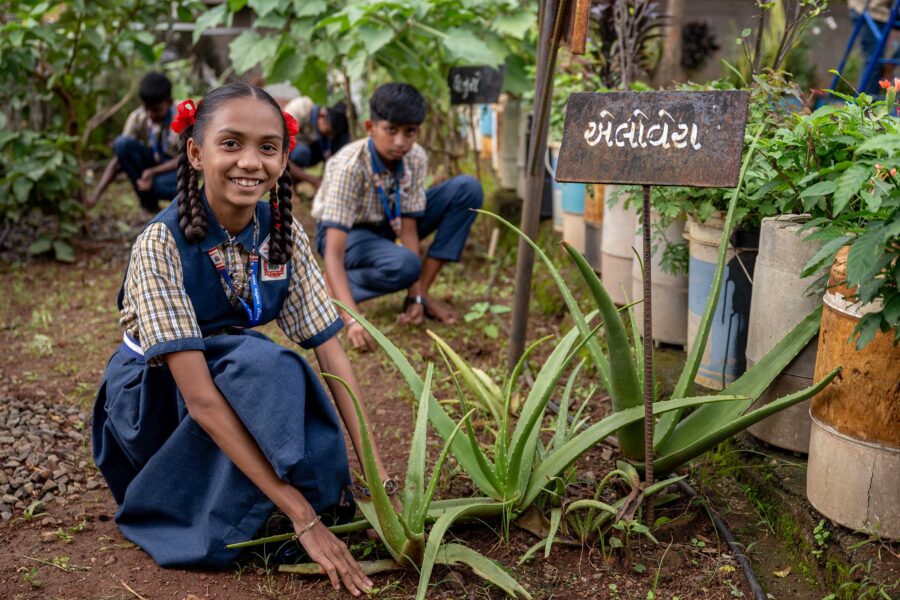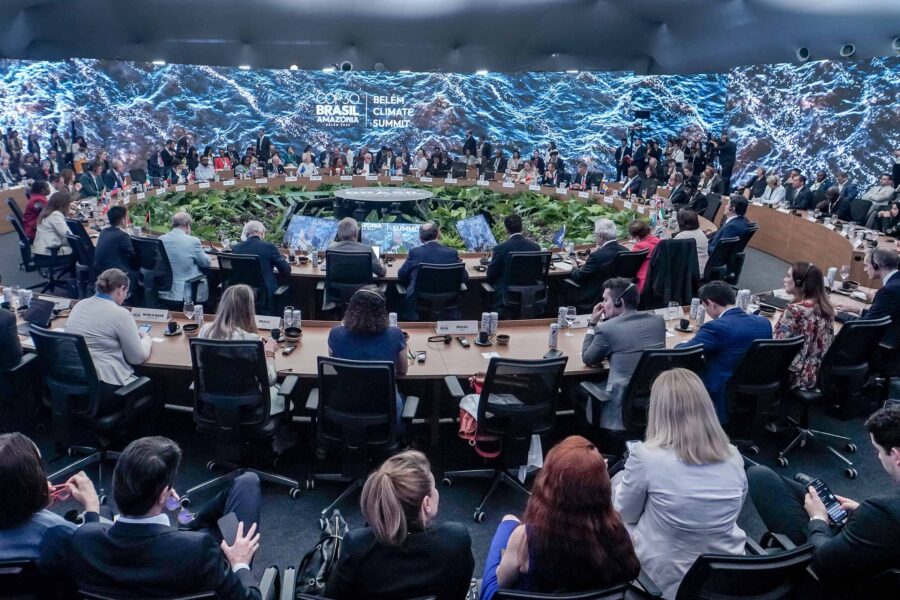Why ocean action is the litmus test for sustainable development
The ocean is not just a victim of environmental decline – it is a foundation of global development. From climate resilience to food security to poverty reduction, ocean health now stands as a critical barometer of our capacity to achieve the SDGs
Ocean — Global
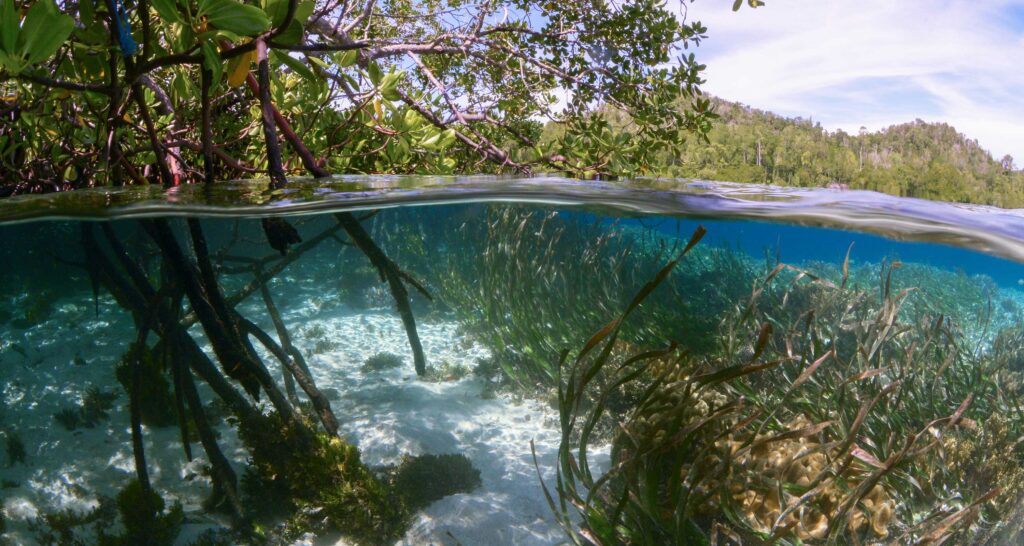
Four weeks ago in Nice, something shifted. The third UN Ocean Conference (UNOC3) was not a typical gathering of marine scientists and environmentalists. Finance ministers sat alongside fisheries officials. Development agencies shared tables with conservation groups. The message was unmistakable: the ocean is now a cornerstone of the global agenda.
This broad presence reflects a new reality. If the ocean supports everything from nutrition to jobs, from climate stability to cultural heritage, why do we still treat it as optional in our development strategies? The answer matters more than we might think. Because what we do for the ocean now will determine whether we can deliver on the promises we have made to end poverty, feed the world, and build a sustainable future for all.
The ocean is development
The numbers tell a story that should reshape how we think about the ocean. The ocean economy generates between USD 3 and 6 trillion in annual value – if it were a country, it would be the fifth largest economy in the world. It provides more than 260 million jobs and sustains 600 million livelihoods. These are not abstract statistics. They represent families in coastal Kenya who depend on mangrove restoration for their income, fisherfolk in Thailand managing community-led crab banks, and women across the Caribbean processing fish that feeds their families.
The ocean’s role in food security runs deeper than most people realize. Globally, aquatic foods supply 17% of the world’s animal protein, serving as the primary protein source for more than 3.2 billion people. Small-scale fisheries, often led by women, contribute 40% of the global catch while providing 90% of employment in the fisheries sector. When we talk about ending hunger, we talk about the ocean.
The ocean is also our largest natural carbon sink. It absorbs about 30% of global CO₂ emissions and over 90% of the excess heat from greenhouse gas emissions. It stabilizes global weather and precipitation patterns. Blue carbon ecosystems like mangroves and seagrasses sequester carbon up to 35 times faster than tropical forests, while also protecting coastlines and supporting fisheries.
The ocean can also drive gender equity. In many coastal regions, women are the backbone of the fisheries sector, leading small-scale enterprises, preserving traditional marine knowledge, and are central to processing and marketing. Ocean action that invests in women and removes systemic barriers to finance, markets, and leadership strengthens entire communities.
We are undermining our own foundation
If the ocean is essential to sustainable development, protecting it must be a top priority. Yet we are doing the opposite. Overfishing, pollution, acidification, and destructive fishing practices are unraveling the ocean’s ability to support human wellbeing. Only 8.6% of the ocean is designated as protected areas, and less than 3% is fully protected. We keep demanding more from the ocean while giving it less space, less time, and fewer resources to recover.
The human cost is staggering. Every day, 20,000 children, most from coastal communities, are displaced by floods and storms. Their schools are flooded. Health clinics shut down. Food sources are lost. These children are more likely to drop out of school, face malnutrition, and suffer from diseases like cholera and dengue. And in Tuvalu, which scientists warn could be the first country to be submerged by rising seas, one-third of the population has already applied for climate visas to Australia.
The economic consequences are equally stark. When sargassum blooms choke Caribbean beaches, schools evacuate due to toxic gases, tourism operators struggle, and fishing communities lose their livelihoods. What begins as an environmental problem quickly becomes a public health crisis, an economic collapse, and a development emergency.
As Sir David Attenborough put it recently: “After almost 100 years on the planet, I now understand the most important place on Earth is not on land, but at sea.” And he is right. We cannot end poverty, ensure food security, or fight climate change while degrading the ocean. The Sustainable Development Goals (SDGs) are interconnected aspirations that rise or fall together.
What is working and what needs to scale now
The good news? We are not starting from zero. We already know what works.
Indigenous peoples and local communities are leading the way. In Colombia, the Raizal Afro-Caribbean community is working with the Global Fund for Coral Reefs, co-founded by UNEP, to invest in sustainable aquaculture, organic farming, and ecotourism while protecting one of the Caribbean’s most biodiverse marine regions. They are not just beneficiaries of conservation; they are its architects, bringing centuries of traditional knowledge to bear on modern challenges.
Finance is beginning to follow. The Sustainable Blue Economy Finance Principles, developed through UNEP, now guide more than 70 global banks and insurers toward investments that support both ocean health and economic returns. At the recent Blue Economy and Finance Forum, in the run-up to UNOC3, new finance commitments totaled 8.7 billion euros. And the UNEP-supported One Ocean Finance Facility is now being co-designed with the aim of unlocking billions more from ocean-dependent industries.
Around the world, marine challenges are turned into opportunities. In the Caribbean, local companies are converting sargassum into biofuel, fertilizer, and even skincare products, creating jobs while easing environmental pressure. In the United Arab Emirates, restoration of seagrass beds is bringing back habitat for the world’s second-largest population of dugong, a large, marine mammal, also known as “sea cow”. These efforts, supported by the UN Decade on Ecosystem Restoration, are also boosting sustainable tourism and fisheries, showing how ocean recovery can support both biodiversity and economic growth.
A new global agreement on biodiversity beyond national jurisdiction (BBNJ) – now fewer than a dozen ratifications away from entering into force – will make protecting biodiversity in international waters far easier. Combined with growing momentum toward the target of protecting 30% of the ocean by 2030, as part of the Global Biodiversity Framework, we are building ambitious ocean governance that matches the scale of the challenge.
The real choice before us
This is not about the ocean in isolation. It is about whether we will meet the SDGs. You cannot fight the climate crisis while losing the ecosystems that absorb carbon and buffer storms. You cannot end poverty while degrading the ocean ecosystems that support 600 million livelihoods. You cannot ensure food security while destroying the fisheries that feed 3.2 billion people. And you cannot empower women while excluding them from decisions about the marine resources they depend on.
We tend to think of SDG 14 (life below water) as one goal among many. But in truth, it underpins them all. The ocean connects every other goal – just as it connects every part of our planet.
We have the knowledge, the tools, and, increasingly, the financial mechanisms to make this work. What we need now is the political will to treat ocean action as development action, to invest in marine protection as economic policy, and to recognize that healthy seas are prerequisites for healthy societies.
Momentum is building. Civil society is leading. Business is stepping up, from compliance to co-leadership. Indigenous knowledge is being centered, not sidelined. Countries are ratifying treaties, committing finance, and rolling out marine protected areas.
What we do for the ocean now will shape the world we hand to future generations. Because in the end, we are all connected by one blue planet, sustained by the same life-giving seas, and bound by a shared responsibility to protect them.
Featured in:
UNGA 2025 edition: Restoring hope
An effective multilateral response is needed for an ever increasing number of crises. At the same time, the UN – the heart of the multilateral system for 80 years – is under attack from nations trying to defund and disempower it. Radical reform is clearly needed. Whatever form that takes, it should be guided by and designed to support the SDGs.
This edition considers the impacts of inequality and conflict, and explores ways to build a fairer, safer future through education, technology, economic development and global partnerships.
Authors include Adriana E. Abdenur, Julia Bunting, Richard Gowan, Samira Rashwan, Shari Spiegel, Ariesta Ningrum, Grayson Fuller, Joanne Raisin, Susan Gardner and Roya Mahboob.
Publication date: 22 September 2025

